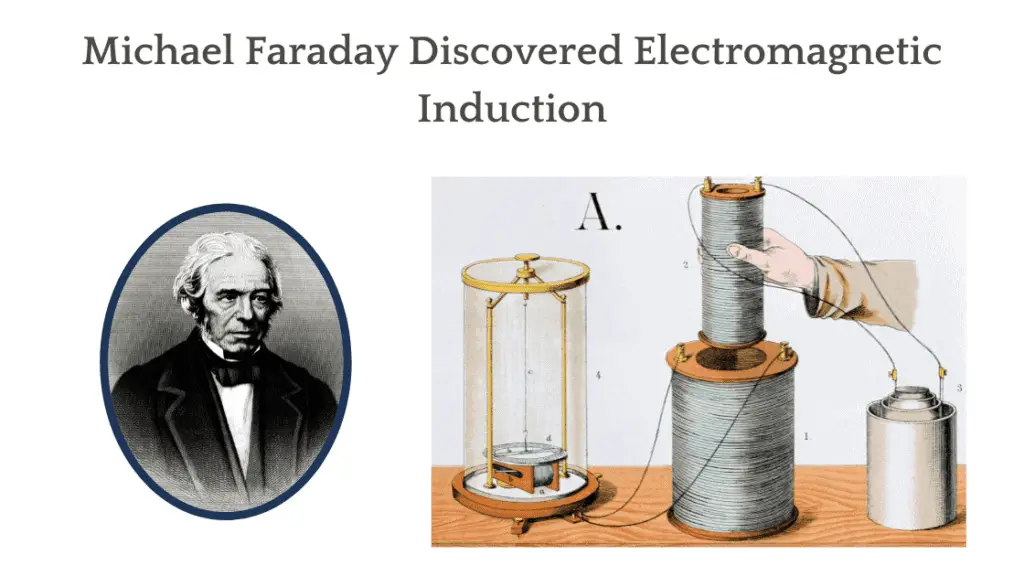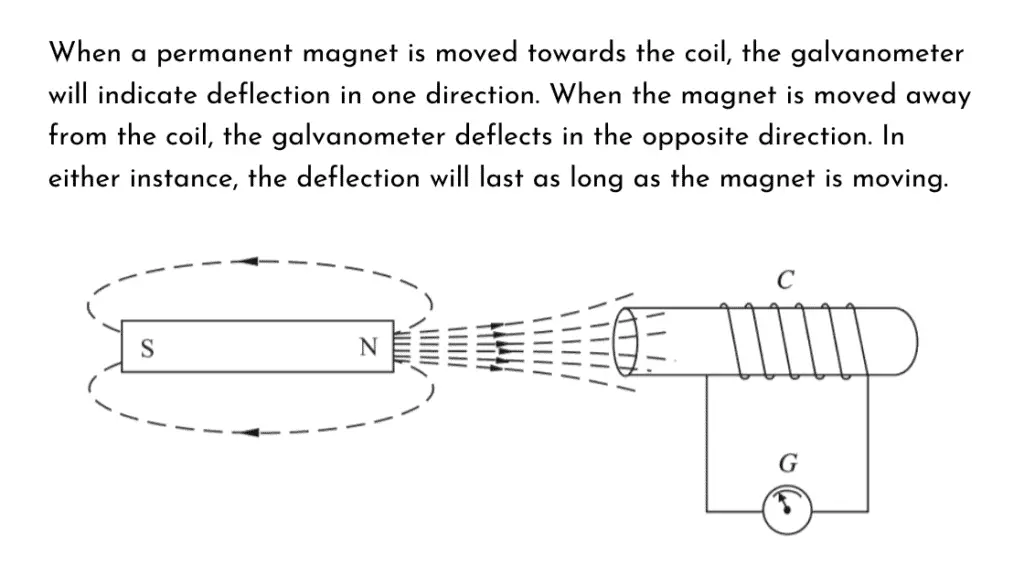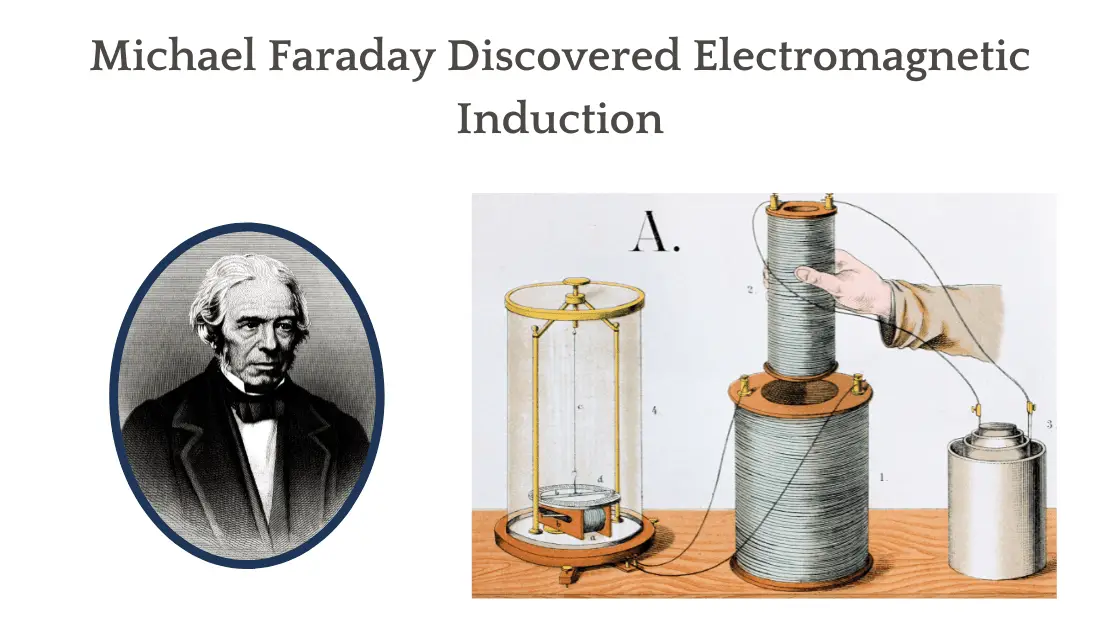TL;DR;
A current is induced in a wire coil when it is put in a changing magnetic field. This changing magnetic field generates an electric field that drives the charges around the wire, causing current to flow. Electric current is generated by a changing magnetic field, which causes current to flow in the conductor.
Learn more about Electric charge
Did you know that an electric field can be generated using a magnetic field? Sounds impossible, right! Nope. The magnetic field can be used to generate an electrical field by electromagnetic induction phenomenon.

Electromagnetic Induction
It is the phenomenon of producing an electromotive force in a conductor by varying the magnetic field around it. It is also known as magnetic induction. Michael Faraday is credited with the discovery of the induction phenomenon in 1831.
In other words, electromagnetic induction is a phenomenon in which a varying magnetic field is able to produce a voltage across the conductor. This happens when the conductor moves through a stationary magnetic field.
The voltage across the conductor is also generated when the conductor is kept stationary and the magnet starts to move. This electromagnetic induction process is responsible for an electrical current being induced in the conductor.
How does moving a magnetic field create an electric field?
How does moving a magnetic field create an electric field? This question can be understood if we understand Faraday’s Experiment
Faraday’s Experiment
In his experiments, Faraday used a bar magnet placed along the axis of a conductor loop or coil with a galvanometer connected across it as shown below in the figure. Faraday, with this experimental setup, measured the production of electromotive force in the conductor loop under the influence of a magnetic field.

He made the following observations: –
- When the bar magnet was stationary, the needle of the galvanometer showed no deflection from position zero i.e., no electric current was produced.
- When he moved the magnet towards the loop, there was deflection produced in the needle of the galvanometer from position zero i.e electric current was produced. But the electric current disappeared when the magnet became stationary at the new position.
- But when the magnet was moved away from the conductor loop, there was deflection produced in the needle of the galvanometer from position zero but in the opposite direction from the last time i.e. electric current was produced in the coil in the opposite direction. Now, again the electric current disappeared when the magnet became stationary at the new position.
- Now, Faraday experimented by moving the conductor loop in the direction of the bar magnet; he observed that the electric current was still produced when he moved the loop near or farther from the magnet. And similarly when the loop became stationary the electric current production stopped.
- Furthermore, he observed that the deflection produced in the needle of the galvanometer increased when the velocity of relative motion between the magnet and conductor loop was increased.
Table Observation in Faraday’s Experiment on electromagnetic induction.
| Position of the Magnet | Deflection in the Galvanometer | Induced Current | |
| 1 | Magnet and conductor loop is stationary | No deflection produced | Not Generated |
| 2 | Magnet is moved towards the conductor | Deflection is observed in a particular direction | Generated |
| 3 | Magnet is held stationary at the new near position | No deflection is produced | Not Generated |
| 4 | Magnet is moved away from the conductor | Deflection is observed but in the opposite direction to No.2 | Generated but in opposite direction to No.2 |
| 5 | Magnet is held stationary at this new far point | No deflection is produced | Not Generated |
| 6 | The conductor loop is moved towards the magnet | Deflection is produced | Generated |
| 7 | The conductor loop is away from the magnet | Deflection is observed but in the opposite direction to No.6 | Generated but in opposite direction to No.6 |
| 8 | The velocity of relative motion between the magnet and conductor loop is increased | Greater deflection is produced | Greater current is generated |
Based on the above observation, Michael Faraday formulated his two laws of electromagnetic induction.
Faraday’s law of Electromagnetic Induction
Faraday’s Laws of Electromagnetic Induction includes two laws. The first law describes the induction of electromotive force in a conductor and the second one quantifies the EMF produced in the conductor.
Faraday’s First Law
“Whenever the flux of magnetic field through the area bounded by a closed conducting loop changes, an emf is produced in the loop”. This generated EMF is known as induced EMF. And if the conductor has a closed circuit, the induced EMF generates a current known as induced current in the conductor loop. (Read this article Faraday’s law of induction for more information)
Faraday’s Second Law
“The induced emf in a coil is equal to the rate of change of flux linkage.’’
Mathematically, the induced EMF can be given by the following relation:
$e = -N \times \frac{d\Phi}{ dt} \tag{1}$
Where,
- e is the induced EMF (in volts)
- N is the number of turns in the coil
- Φ is the magnetic flux
- t is the time (in seconds)
From the above equation, we can conclude the following
- Increase in the number of turns in the coil increases the induced emf
- Increasing the magnetic field strength increases the induced emf
- Increasing the velocity of the relative motion between the coil and the magnet, results in the greater emf production.
Thus moving a magnetic field creates an electric field.
In which applications is magnetic field used to create an electric field?
The principles of electromagnetic induction are applied in many devices and systems, including:
- Current clamp
- Electric generators
- Electromagnetic forming
- Induction cooking
- Induction motors
- Induction sealing
- Induction welding
- Inductive charging
- Inductors
- Magnetic flowmeters
- Mechanically powered flashlight
- Transformers
- Wireless energy transfer


